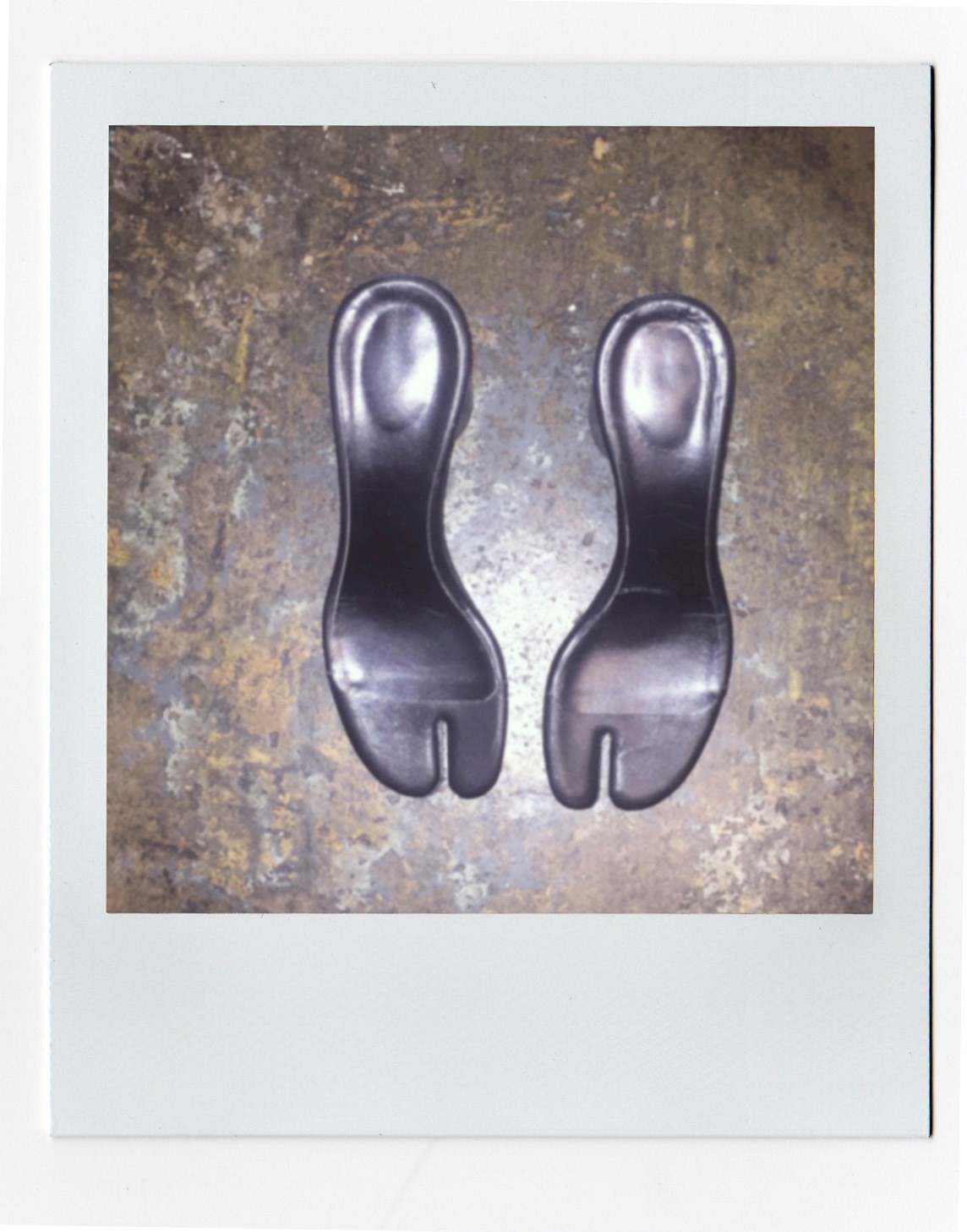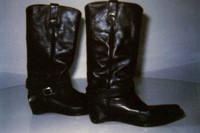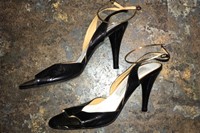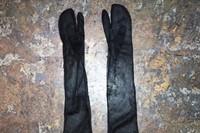Founded in 2013, Byronesque has established itself as a revolutionary retailer of vintage designer clothing – but, after coming across the most comprehensive collection of archival Maison Martin Margiela pieces outside of the museum world, Gill Linton (the company's CEO) finally found it an appropriate moment to launch a debut edit of accessories. “Accessories can be so difficult to work with, and we’d been waiting a long time to do something like this; but there was nothing that felt quite right,” she explains. There were plenty of opportunities that came her way, however; from the potential to champion the bling of 1980s Chanel clip-ons, or the chance to celebrate the structural felt of Yohji Yamamoto’s hats. But nothing ever felt like a complete representation of a designer’s legacy – and none were more coveted than the accessories of Margiela. As Linton reiterates, “we were approached time and time again by customers requesting these accessories. Finally, we are able to tell people we have them in our possession thanks to the generosity of two wonderful private collectors.”
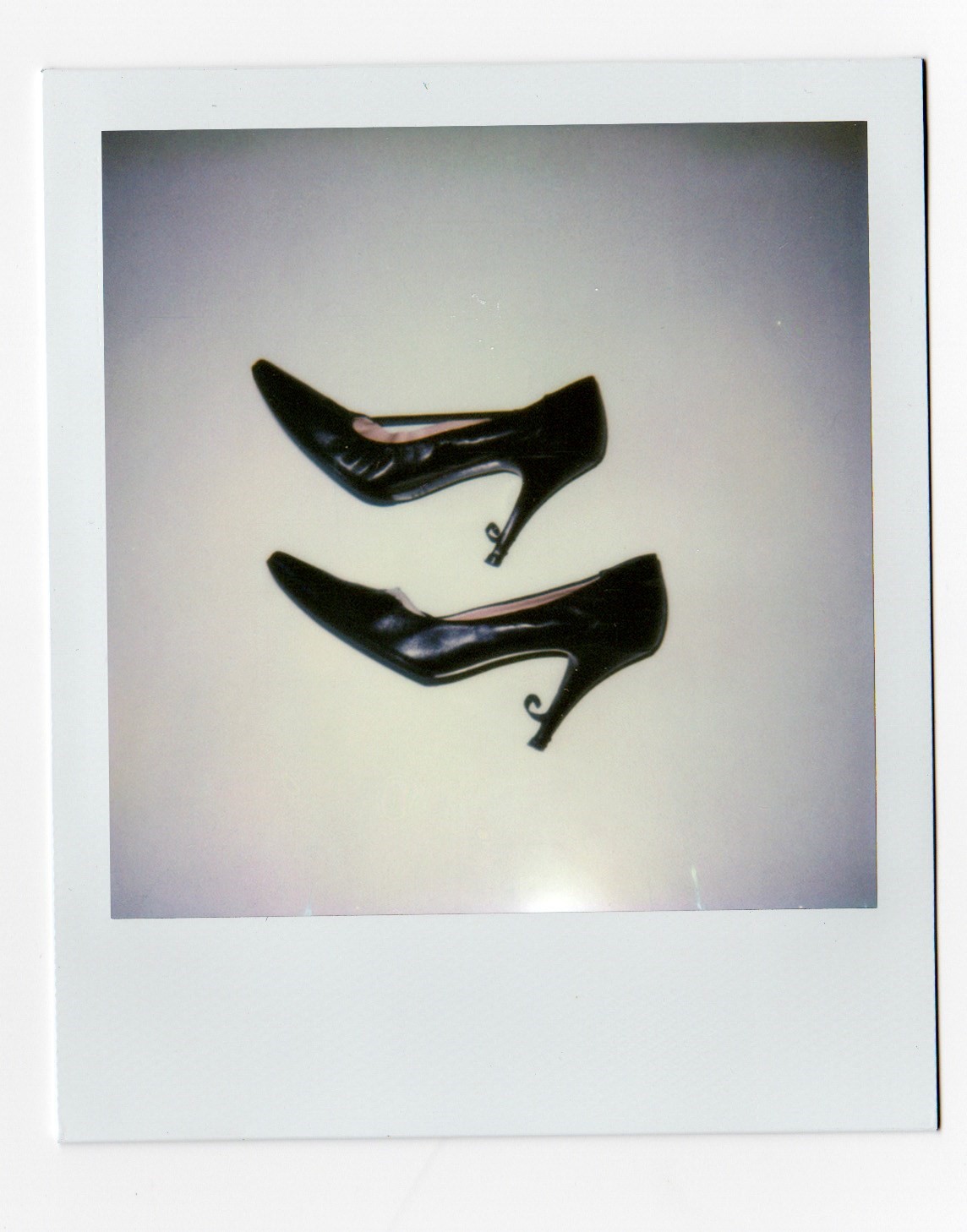
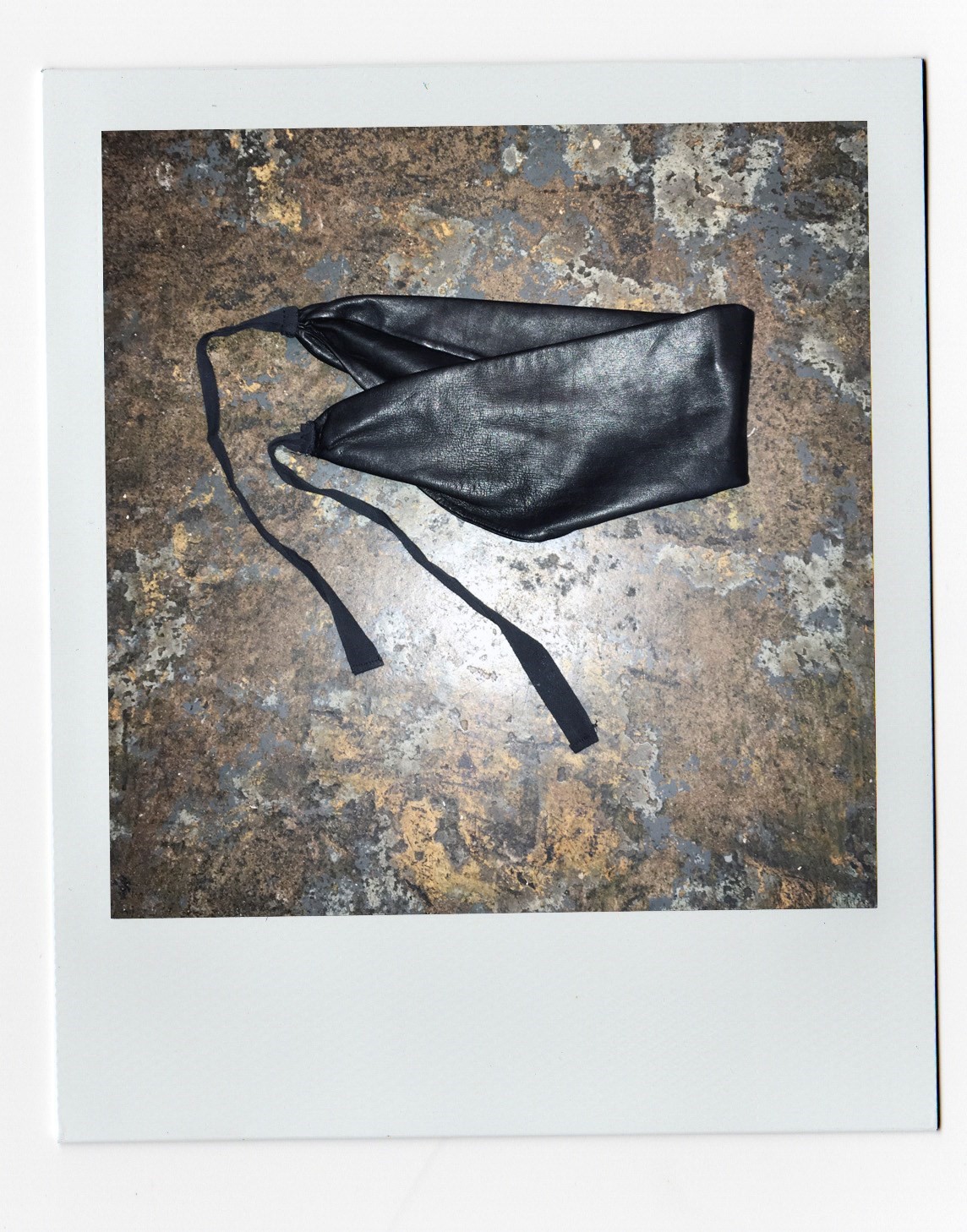
Through a meticulously curated selection of 21 iconic pieces ranging from 1996 to 2004, Byronesque has shaped a full representation of the maison’s codes; shoes, bags, belts and jewellery all speak of the manner in which Margiela subverted the notion of ‘ugly’ and imbued objects with a critical meaning, challenging fashion’s conventions with a wry and whimsical twist. Anyone unfamiliar with the designer’s quirks might be perplexed as to why anyone would make such an investment in a piece which, upon initial inspection, appears to be so skewed, inconsequential – or even broken. For example, the afterparty pumps from S/S05 are made in such a way that the sole of the stiletto heel peels off into a curl; an intentional feature, of course. And a simple piece of black leather, crafted to be worn as a choker, seems entirely negligible, were it not for the fact it featured in the S/S92 collection that revolutionised modern fashion as we know it.
That's not forgetting the rarest item of all: the S/S96 tabi sole, an interpretation of the iconic split-toe tabi boot designed to be held to the wearer’s feet via sellotape (which would be an utterly confusing purchase for someone unfamiliar with Margiela’s signature tropes). To note, Byronesque miraculously managed to get hold of two pairs: one in pristine condition and another that have astonishingly been worn by an anonymous donor, with the markings from layers of tape still traceable on the surface of the leather. “This edit is for those who want just the right amount of wrong from Margiela,” says Linton, “and let’s not kid ourselves – it’s an edit for people who already know what these pieces are and the meaning behind them.” She continues, “we’re putting this edit on our website without any information alongside it, because its already unspoken. No one is going to look at some of these pieces and want them because they’re nice: they’ll want them because they’re Margiela.”
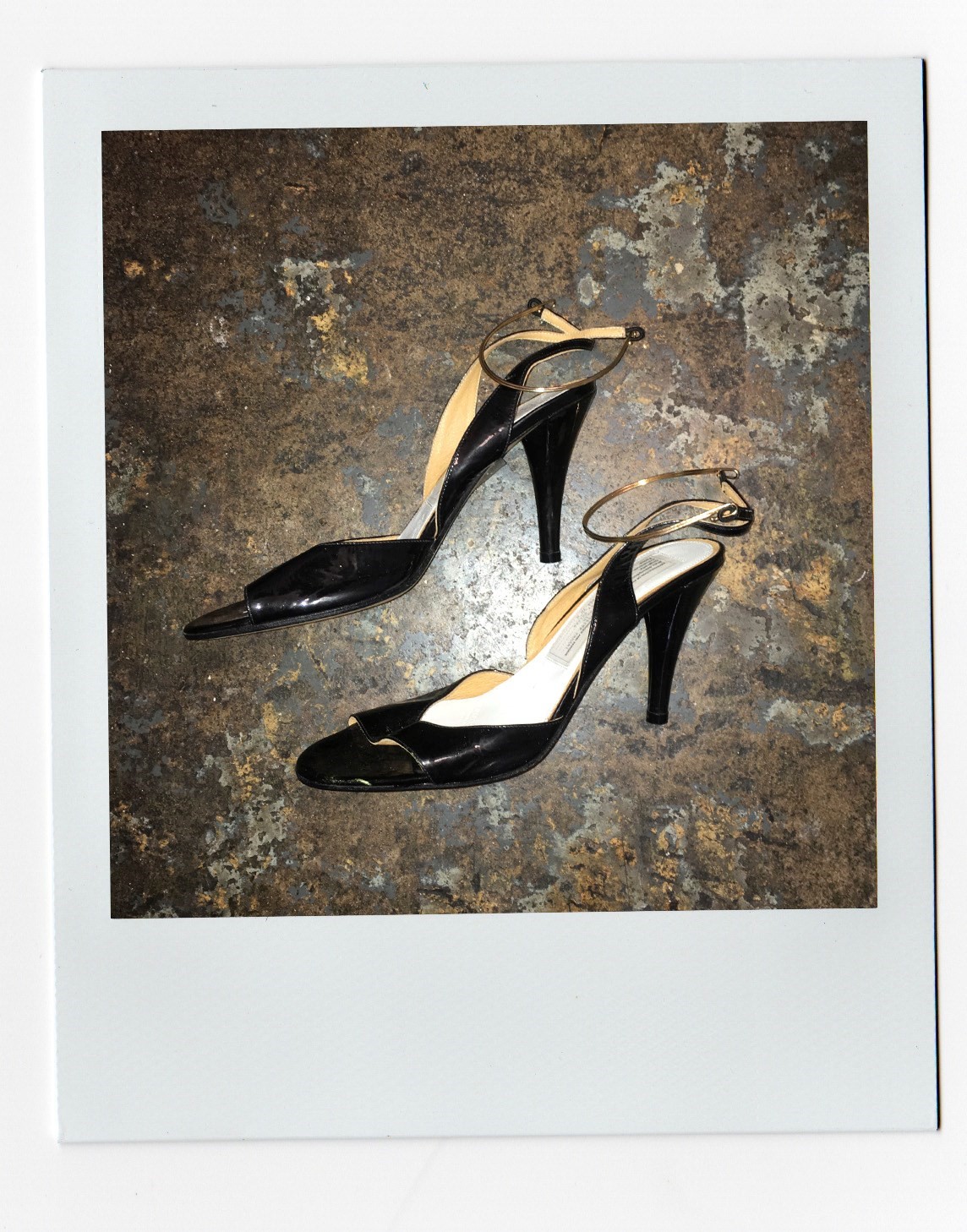
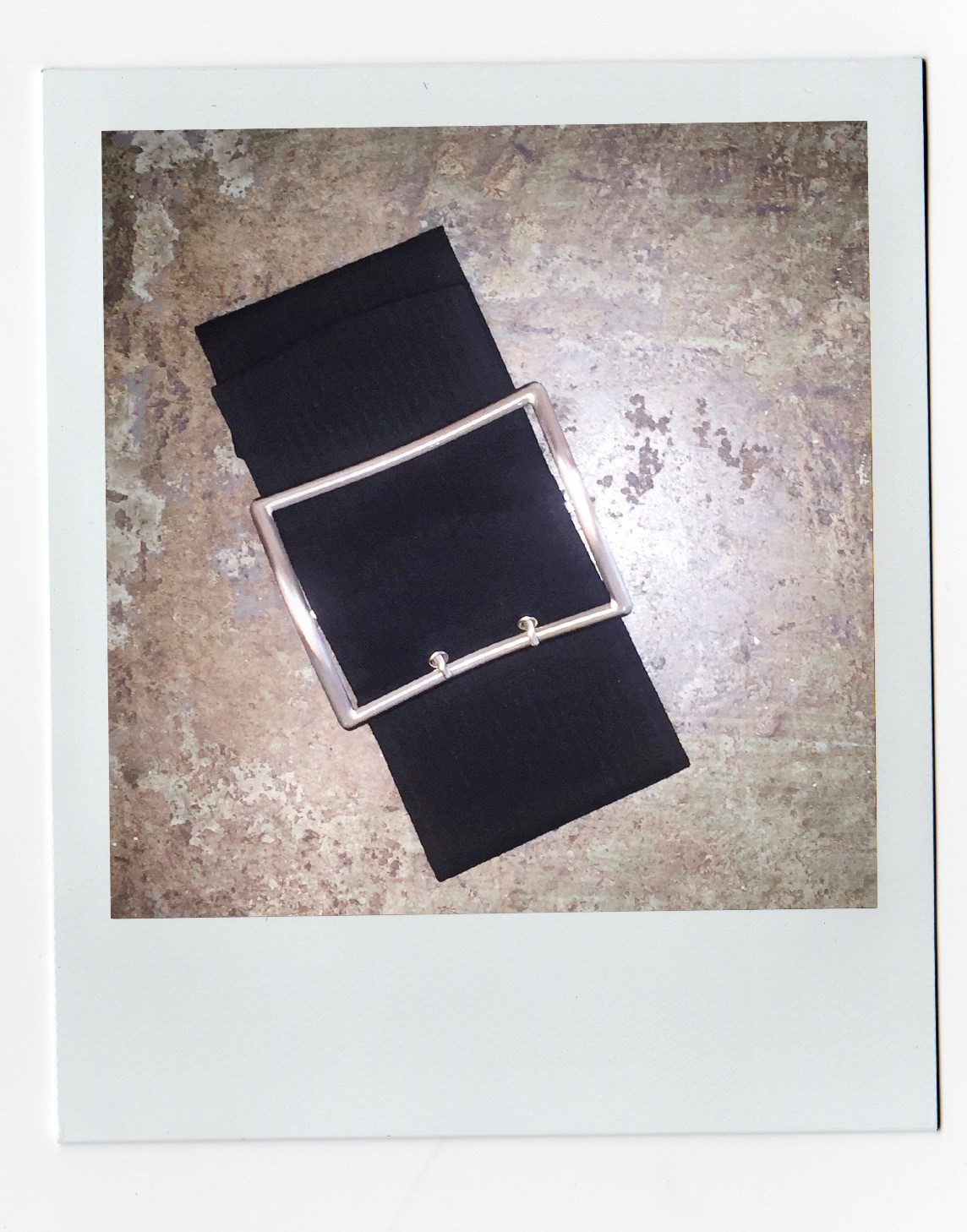
The question endures: why would anyone ache to possess a pair of battered shoe soles in the shape of a hoof, or an accessory that appears superficially tarnished or impractical? Fashion is coveted for many reasons, but the drive behind the desire for Margiela is far from an impulse purchase. The answer perhaps lies in the cult following that Margiela garnered through a philosophy that surpassed a design perspective and integrated with the core of his personhood. After all, the paradoxical shroud of ‘notorious anonymity’ that he created for himself served to generate a mystery surrounding the man who became a true enigma in the age of fashion celebrity. As with the relative rarity of some of his pieces, the saying is perfectly apt here: we all want what we can’t have. Within the present juncture, it could be argued that Margiela's relevance is more prominent than ever before: “with the current culture of oversharing through social media there’s an even greater respect for him - and this is demonstrated in the intense appreciation for these pieces today,” says Linton.
Furthermore, Margiela’s work possesses a quality which is unquestionably sculptural, an attribute particularly evident in his sought after accessory design. Some of the pieces in the Byroneque edit are incredibly wearable – the buckle belt taken from the infamous oversized collection toys with proportioning and can be imagined worn with the simplicity of a white cotton shirt, for example, while the patent sling-back bracelet stilettos would add just the right quantity of smut to any ensemble – but clearly, this is not the sole reason to make an investment. “There are so many pieces that I would just put on a shelf; they are as much objects as they are accessories,” notes Linton. But beyond a pleasurable aesthetic, for the Margiela fanatic, the tacit history surrounding these objects is just as prominent. To simply look at certain pieces is to understand how they form an integral part of the dispersal of fashion history, whether photographed by Mark Borthwick, worn by Stella Tennant or documented on the runways of the 1990s. In recent months, Byronesque also came into possession of a white pair of knee high tabis, the model’s name – Barbara – still scribed inside them from their show debut. Needless to say, they were snapped up right away.
